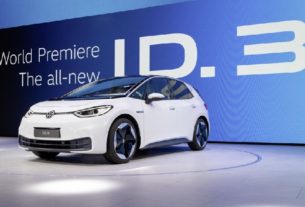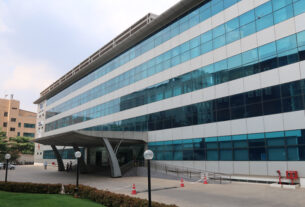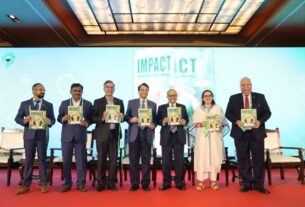Composite formulations that self-extinguish and contain thermal runaway improve safety of electric vehicles.

The top 29 OEMs globally plan to invest more than €260 billion over the next 10 years to further EV production. In fact, nearly 400 new models are planned globally by 2025. Even in the face of a pandemic, EV sales will account for 3 percent of global vehicle sales in 2020, underpinned by supporting policies aimed at reducing CO2 emissions in China and Europe. Both markets have national or local subsidies in place to incentivize EV manufacturing and sales.
Clearly, the electric vehicle boom is here to stay, so suppliers like Continental Structural Plastics (CSP) are adapting technologies to participate in this rapidly growing market. In particular, developing battery covers and full battery enclosures that are light weight and have safety features that ensure structural integrity, and reduce or eliminate fire and thermal runaway are key priorities.
“One of the biggest challenges for European OEMs today is the fact that EV and CO2 regulations vary by country, region and even city, making it difficult to design a vehicle that meets all appropriate requirements,” said Philippe Bonte, president, CSP Europe. “We can help them overcome this challenge by offering material solutions and enclosure designs that meet the most stringent of all requirements.”
This is possible because Continental Structural Plastics, Inapal Plásticos, and Benet, all under the Teijin umbrella, have more than 200 years of combined carbon and glass-fiber composites technology expertise. This vast material and design experience enables the team to develop advanced battery enclosure technologies that are lightweight yet enable automakers to overcome design and regulatory challenges.
“For reference, most EV battery packs weigh in excess of 454 kilograms, and need to survive a 10G load,” explained Bonte. “Many would assume that a composite enclosure would be unable to meet such stringent requirements, when in fact, the CSP team has developed a number of composite and multi-material enclosures that meet and even exceed these requirements.”
For example, the CSP team has developed a multi-material Battery Electric Vehicle (BEV) enclosure that meets the most stringent static, dynamic and regulatory requirements while reducing overall weight. Additional benefits of this enclosure include:
- Non-conductive
- Ability to mold-in complex shapes, sealing features and shielding
- Less complexity in tooling
- High strength
- Dimensional stability
- Corrosion resistance
- Reduced tooling cost
The glass-fiber composite materials allow for greater design freedom and parts integration when compared to any metallic options. Additionally, the seamless box structure is watertight and very cost-competitive over an aluminum structure.
CSP’s extensive materials compounding expertise has resulted in the development of SMC materials that offer a number of unique fire resistance capabilities, including the ability to reduce or eliminate thermal runaway, and the ability to self-extinguish. The company has been manufacturing EV battery enclosures since 2012, working in conjunction with General Motors on the Chevrolet Spark program. Today, CSP is in development and production of 34 battery box covers in both the U.S. and China.




